
This article originally appeared in the May/June 2019 issue of Museum magazine, a benefit of AAM membership.
“Loyalty is the gold standard for measuring the quality of a relationship.”
—Frederick Reichheld, The Loyalty Effect
Almost two decades ago, after reading Frederick Reichheld’s The Loyalty Effect and Loyalty Rules!, I became determined to shape museum cultures around building loyalty to improve financial strength.
Reichheld identified Southwest Airlines as a loyalty leader, so I started paying attention to how the airline shaped my travel experiences. Southwest employees clearly enjoyed their work and had fun serving others. The company gained my trust and loyalty along the many touch points of the customer journey, for example, providing a transparent and fair approach to fees. At the center of the company’s brand is a heart, and a caring spirit extends throughout the customer experience.
Over the past year, I had the pleasure of speaking with Reichheld, founder of Bain & Co.’s loyalty practice and a Bain fellow, as well as Ginger Hardage, former senior vice president of culture and communications at Southwest Airlines, to further refine my understanding of loyalty principles and how to apply them to museums and other cultural organizations.
I believe that building loyalty is increasingly critical for our sector. Attracting attendance, participation, membership, and contributed income has always been competitive, but with our ever-expanding television and internet offerings, motivating someone to get off the couch and into your museum has never been more challenging.
The economics of loyalty begin with delivering extraordinary experiences through our exhibitions, programs, and services that provide superior value for attendees, members, and donors. When constituents consistently enjoy such experiences, their loyalty increases and they refer friends and family members, make purchases in the shops, dine in our restaurants, and increase their commitment through membership upgrades and donations.
The lifetime value of loyal constituents and members will far exceed that of infrequent visitors. Furthermore, attracting a new visitor or member from the referral of a friend who had a positive experience can be more powerful and cost-effective than getting one through advertising or direct marketing
campaigns.
I summarize the components of the loyalty equation as follows: experiences, relationships, measurement, technology, employees, and leadership. Focusing on each component can help organizations turn transactional interactions into active participation, inspired commitment, and philanthropic
support.
Create Exceptional Experiences
Delivering distinctive experiences and exceptional services is an essential step in building loyalty. When you can do this, visitors will return often and tell others about your museum, collections, and exhibitions.
Many touch points along the constituent journey shape the overall experience. By anticipating visitor needs and providing practical information such as hours and directions, you remove barriers and extend an invitation to visit. Prior to visiting, your audience may absorb information from multiple
sources, including news articles, marketing, and social media messages, your website, and friends or family members. People will arrive with expectations already formed.
The museum visit involves hundreds of interactions,
beginning with those that serve basic needs like convenient parking and coat check, spotless restrooms, and clear way-finding information. Providing a positive first impression, including the security check and admission process, makes a visitor feel welcome and will impact the rest of the experience.
Then, within the galleries, we have the opportunity to provide inspiring experiences through our collections and exhibitions. Guided tours, informative brochures, or interactive displays that offer layers of information or a historical context will further enrich
a visit.
Beyond the galleries, the dining services and shops can enhance the museum visit. Once home, the museum experience can extend for weeks and even years as visitors review a museum brochure, read an exhibition catalog, or tell their stories to friends and family.
Build Strong Relationships
Quality relationships are at the heart and soul of loyalty. Relationships are strengthened over time as we deliver on what we promise in marketing messages and support our visitors at every stage of their journey.
As we improve the quality of our relationships, we’ll see frequent visitors become members who provide additional support and increased lifetime value for our museums. Responsive service teams, regular and informative communication, and ongoing programming that encourages involvement and frequent visits will foster loyalty and relationship growth. The diagram to the left illustrates the continuum of relationships from visitor to member to donor, moving from the transactional to the philanthropic.
Membership programs engage a community of individuals who have stepped forward to become more deeply involved in a museum’s activities and mission. A healthy, growing, and loyal membership base provides an essential pipeline for philanthropic support and demonstrates organizational strength to stakeholders, funders, and the community.
Measure to Ensure Accountability
Metrics are essential for holding employees accountable for loyalty outcomes. We can increase loyalty by measuring it, using the results to resolve constituent concerns on a daily or weekly basis, learning from the results, and improving the processes that contribute to service issues.
Many museums conduct annual surveys, but few use a rigorous loyalty measurement system that provides timely feedback so that service staff can quickly respond to unhappy visitors or members. Comment cards often register hot-button complaints that are reviewed after the unhappy guest has departed. Resolving issues as quickly as possible can turn a negative experience into a positive one.
Reichheld created the Net Promoter Score® (NPS®), which has been adopted by many of the world’s major corporations. The system involves asking two questions—likelihood to recommend and reason for response—to understand the quality of a product, service, or experience. Organizations can then use this feedback to resolve problems and to inform changes to the service delivery system.0
For our visitors, we might ask: “On a scale from 0-10, how likely are you to recommend a visit to our museum to a friend?” And for members, we could ask: “On a scale from 0-10, how likely are you to recommend our membership program?” An open-ended question, such as “Tell us why you gave this rating,” would follow.
Respondents providing a score of 0–6 are considered detractors whose lives have been diminished by their experience, those providing a score of 7–8 are passives who feel they got what they paid for, and those providing a score of 9–10 are promoters whose lives have been enriched and are a source of positive referral. The Net Promoter Score is calculated as NPS = % promoters (9–10) minus % detractors (0–6).
Thus, if 75 percent of respondents are promoters and 10 percent are detractors, the score is 65 percent. This score helps us understand and track loyalty performance trends and hold staff accountable for improving loyalty.
The open-ended follow-up question is designed to get verbatim responses from constituents and is as important as the score. Market researchers often prefer crafting their own multiple-choice responses for satisfaction questions, thus losing the opportunity to hear the customer’s voice and specific concern.
Begin by establishing your baseline score over a period of time, and then see how it improves as you respond to the open-ended constituent feedback and improve service delivery. In my discussion with Reichheld, he noted that comparing your NPS to that of similar organizations is less important than using it to focus your staff on improving loyalty among your audiences.
Using the additional feedback from individuals who give a detractor score (0–6), guest services staff can contact the constituent, learn more about the issues, resolve problems, and turn negative experiences into positive relationships. Calling those with the lowest scores of 0–3 within 24 hours is ideal, and an email follow-up to those rating their experience
in the mid-ranges is reasonable.
This closed-loop process involves learning from feedback, improving service quality, and building service delivery improvements into daily operations and systems. When we act on what we learn from our constituents, we create more promoters.
Use Technology to Customize Relationships
Fortunately, technology has made it easier and less expensive to manage and support customized constituent relationships—from online and on-site visitors to members and donors. Customer relationship management systems provide a 360-degree view of our constituents’ involvement with our organizations, helping us understand their interests, needs, and participation.
With the right systems and technology, we can automate
timely communications, help promoters refer others, track response, and measure performance, all of which help build loyal relationships. For measuring NPS and managing loyalty, Reichheld recommends Delighted.com and Promoter.io as software options for nonprofits and small businesses.
Develop Employee Loyalty
A direct relationship exists between employee loyalty and customer loyalty. We can strengthen constituent loyalty by attracting employees whose values align with those of our organizations and then providing an environment where employees can express those values as they serve others in their work.
In the hiring process, communicate your museum’s core values in every job description, and determine if candidates have demonstrated those values personally and professionally.
Loyal employees are satisfied employees who will stay with your organization longer and be promoters when they leave, which lowers recruitment and training costs and improves the quality of the service your museum provides. The relationship between employee and constituent loyalty is illustrated to the right.
Exit interviews can tell you why employees decide to leave, but by then it’s too late to correct issues that may have led to the loss of a strong employee. Reichheld recommends using NPS questions to survey employees after their first 90 days and annually on each hire-date anniversary to assess loyalty over time.
Use questions such as “On a scale from 0-10, how likely are you to recommend working for our organization?” and “What is the main reason for your response?” Again, you can correct issues through the process of measurement, learning, problem resolution, and improving systems or policies.
When people are proud of where they work, they do their best and speak highly of their employer to others. Loyal personnel are also an excellent source of talented job candidates, which can further reduce recruitment costs. When star employees leave for career advancement elsewhere but feel that their lives were enriched by their work at your organization, they will remain promoters in the community.
Model Your Values Through Leadership
To establish and maintain a culture focused on building loyalty among constituents, leaders must embody the core values that put people first. A leader’s actions, messages, and vision are critically important for building respect, trust, and loyalty
with staff, visitors, members, supporters, and the community. In addition, museum leaders who put employees first are emulating how they want employees to treat their guests.
Leaders should follow loyalty metrics as closely as net earnings. Using the Net Promoter System®, leaders can measure and hold employees accountable for improving loyalty, which will strengthen financial performance and long-term growth. This management approach allows museums to innovate and invest to further improve services and experiences.
Cultural institutions with loyal audiences, supporters, and employees are often the most financially sound. They are able to invest in marketing, research, audience development, special programming, and fundraising campaigns to promote
additional growth. Their financial and operational strength also attracts support from philanthropic stakeholders, funders, and civic partners. In short, engendering constituent loyalty can help museums weather those inevitable shifts in the economic and funding landscape.
8 Ways to Solve the Loyalty Equation
- Map the interactions or touchpoints of your museum experience for visitors, members, and donors, and determine which team members are responsible for each.
- Understand which aspects of the experience delight constituents and which irritate them. Fix the irritants first.
- Measure loyalty daily using the two Net Promoter Score® questions. Respond promptly to detractors whose lives were diminished by their experience.
- Use technology to measure and improve loyalty and relationships.
- Hold employees accountable for loyalty metrics and creating more promoters.
- Hire employees who share your organization’s core values.
- Be transparent about pricing policies. Dynamic pricing may increase revenue in the short term, but it won’t earn loyalty.
- Lead with your core values, focus on relationships, and work to enrich more lives.
Resources
Bain & Co., Net Promoter System® website netpromotersystem.com
Frederick Reichheld, The Ultimate Question 2.0: How Net Promoter Companies Thrive in a Customer-Driven World, 2011
Ginger Hardage, Unstoppable Cultures website unstoppablecultures.com
Jody Hoffer Gittell, The Southwest Airlines Way: Using the Power of Relationships to Achieve High Performance, 2003
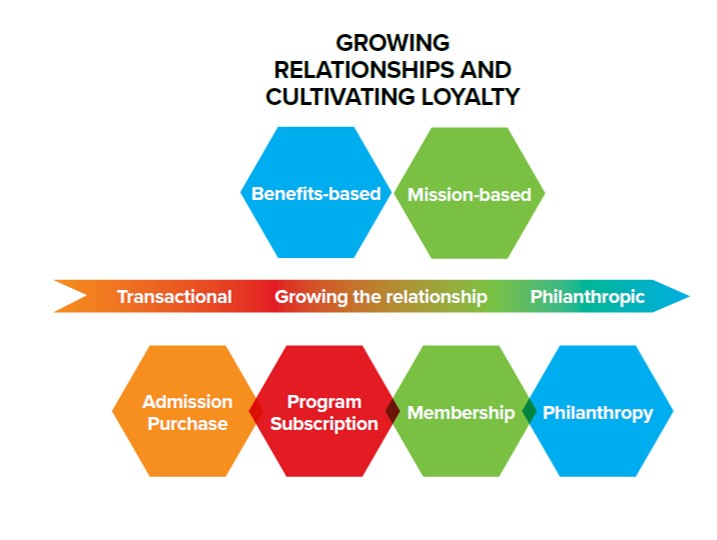
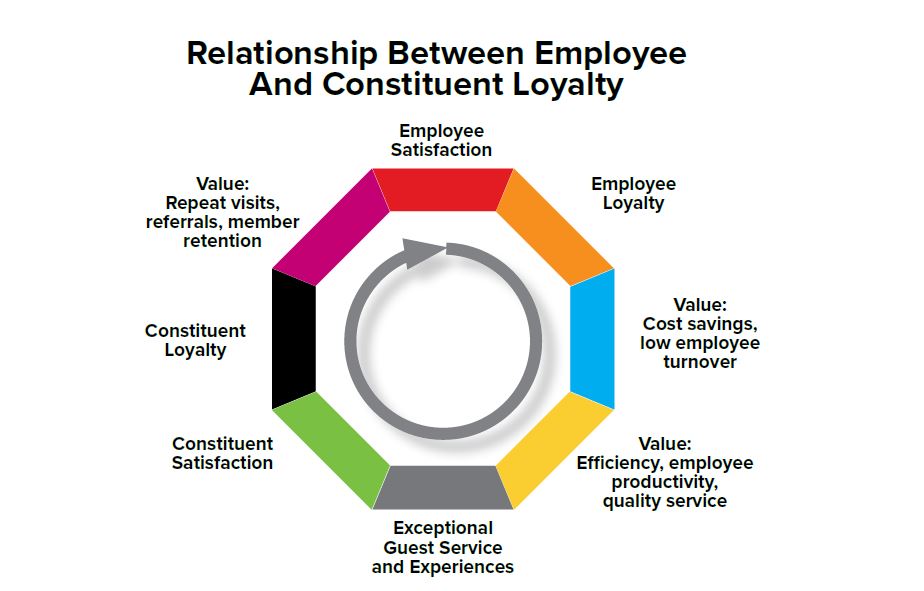
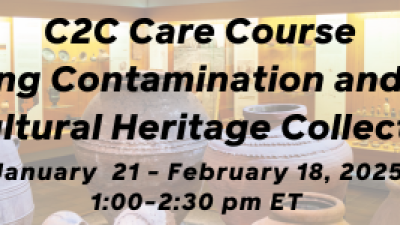



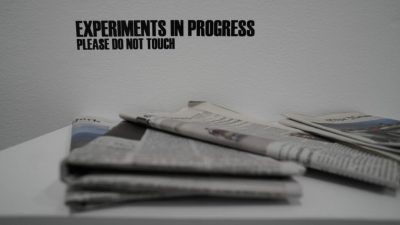
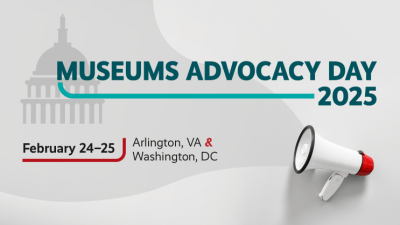

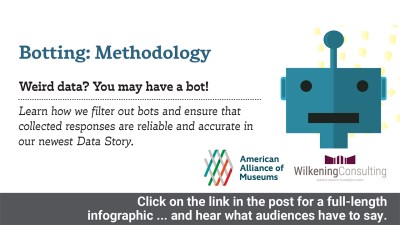
Comments